Or, for the purists, Chichen Itza.
We were up before dawn, quick breakfast and out to meet the van (and our 21 fellow travelers) by 8:00. The ride to Chichen Itza took two hours, during which we slept, read, and heard an orientation from out tour guide Sabino.
Chichen Itza is either Chi (mouth), Chen (well) and Itza (the tribe of Itza) – the mouth of the well of the Itza; or if you break Itza into its (sorcerer) and Ha (water) – “the mouth of the water sorcerer,” or it could mean “the mouth of the well of dew.” No matter how you interpret the name it is clear that water was important in the history of this place. The yukatan peninsula has no mountains, and therefore no rivers. So the only sourceS of water for irrigation are the Cenotes spread around the landscape, and notably here.
We arrived at Chichen Itza
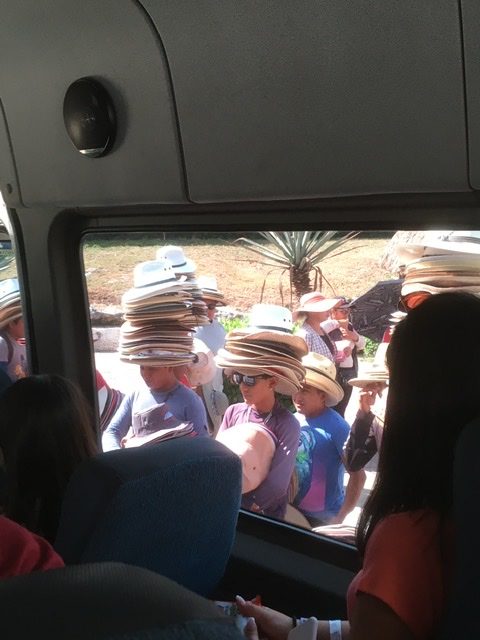
They were just the first of the entrepreneurs we encountered at the site. Many of the paths were lined with merchants selling the same cheech merchendise (“one dollar, one dollar;” “cheaper than Walmart.”)
We started in the preclassical area (1000 BC – 100 AD). This development saw in-migration from Central American countries including Guatemala and Honduras.
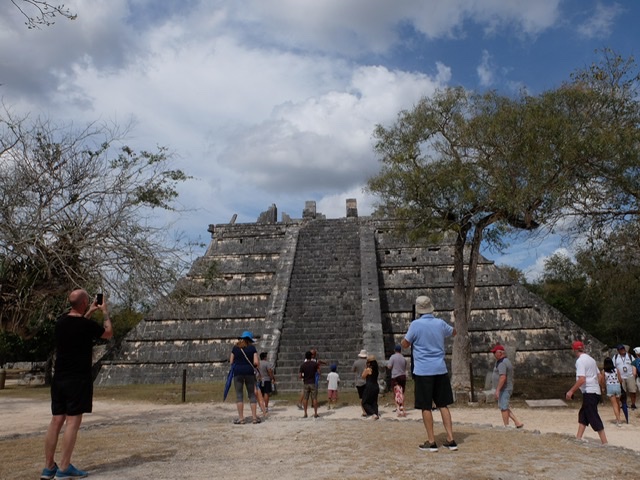
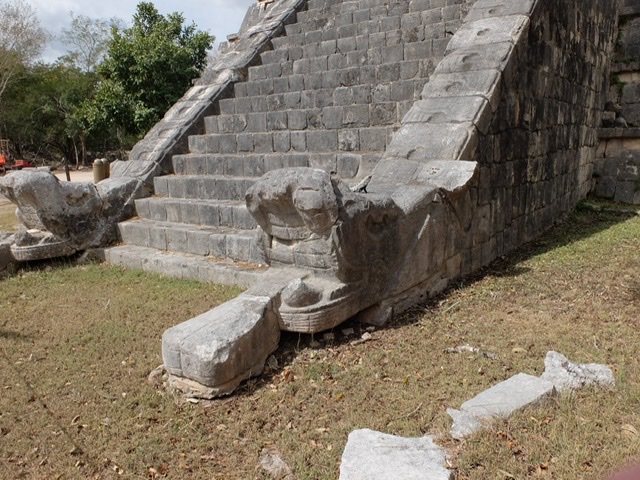
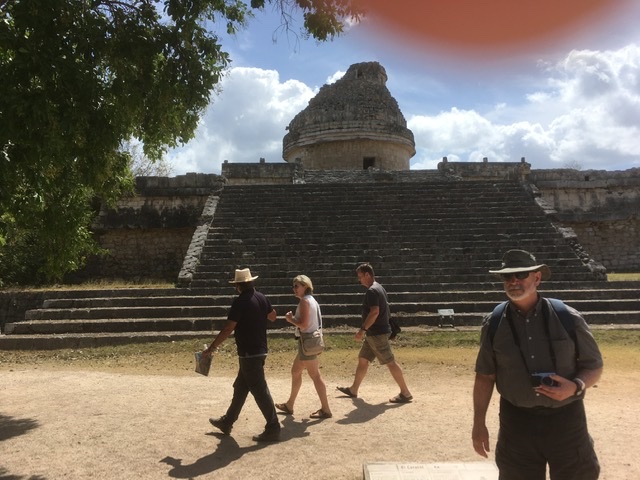
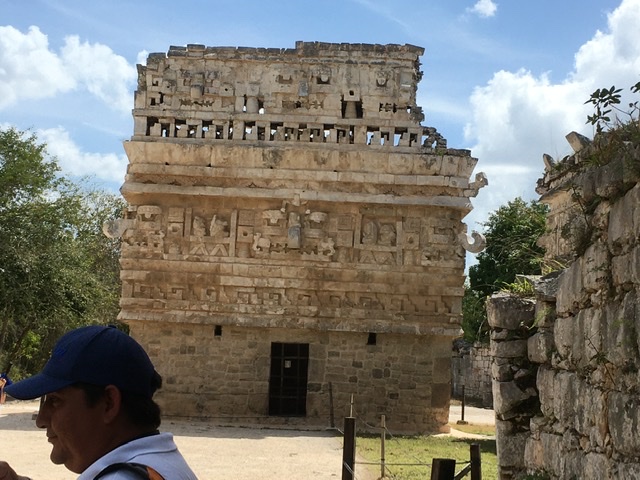
Leaving the pre-classical area we moved to the classical structures.
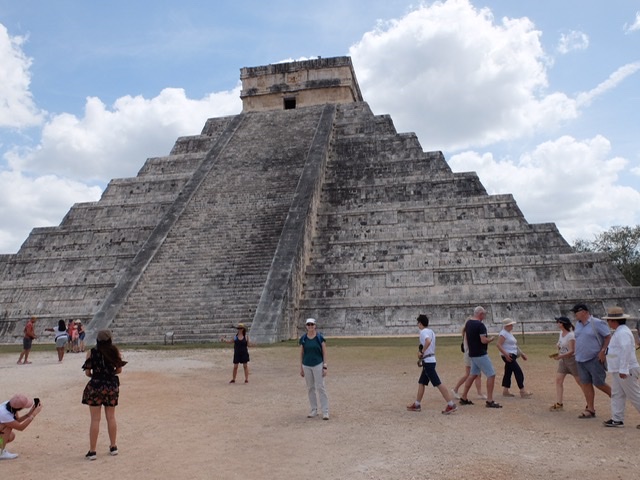
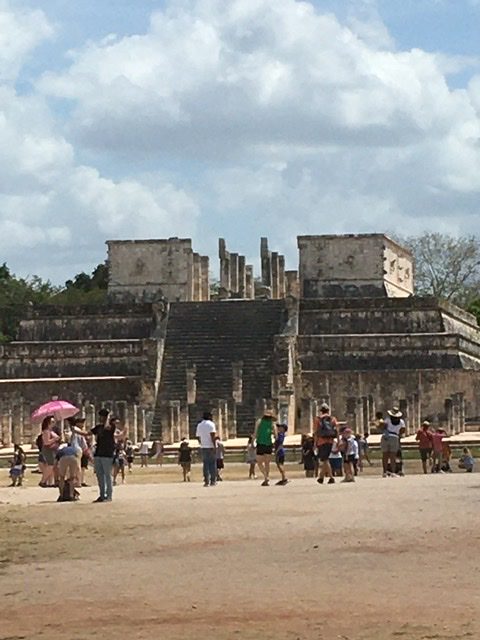
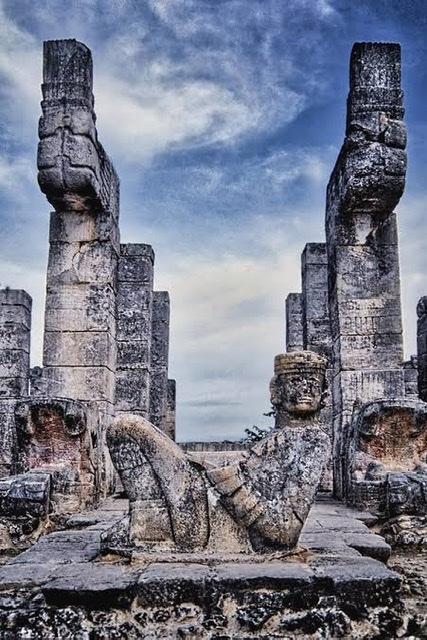
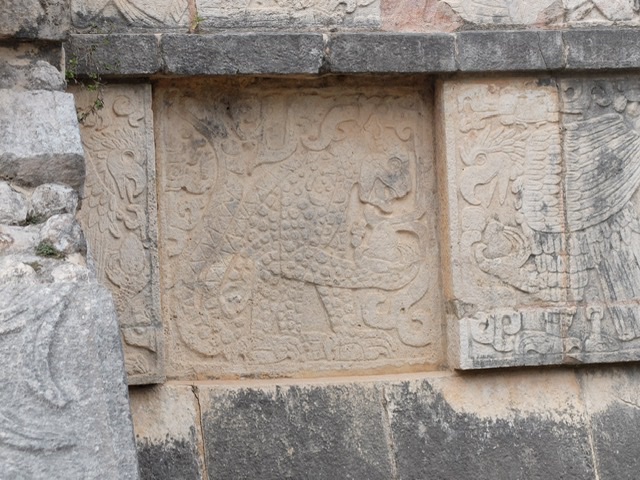
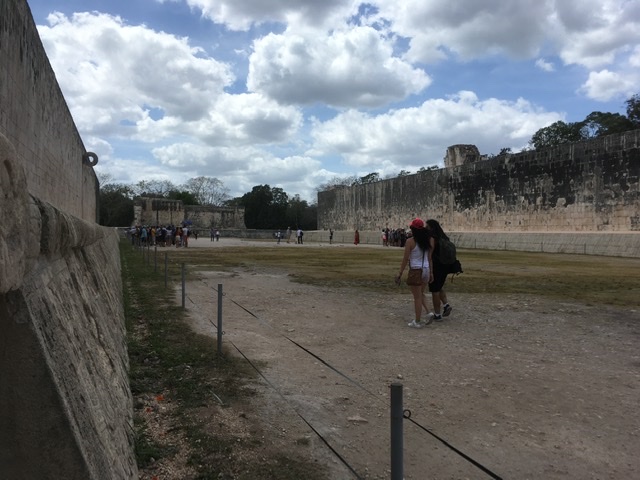
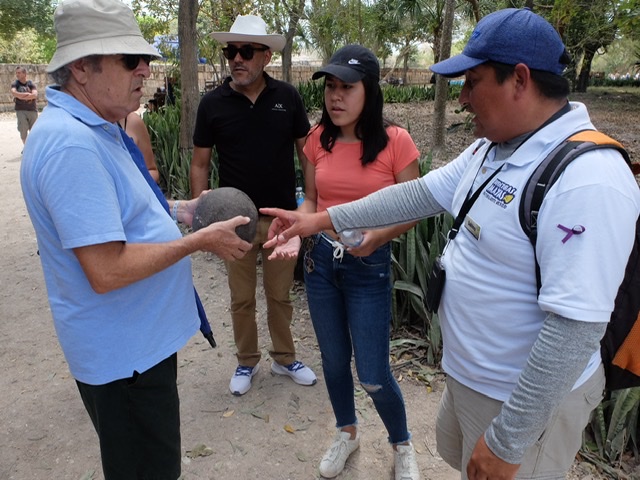
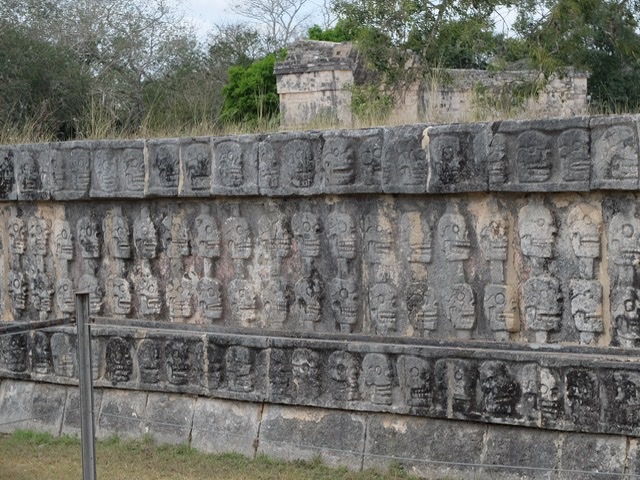
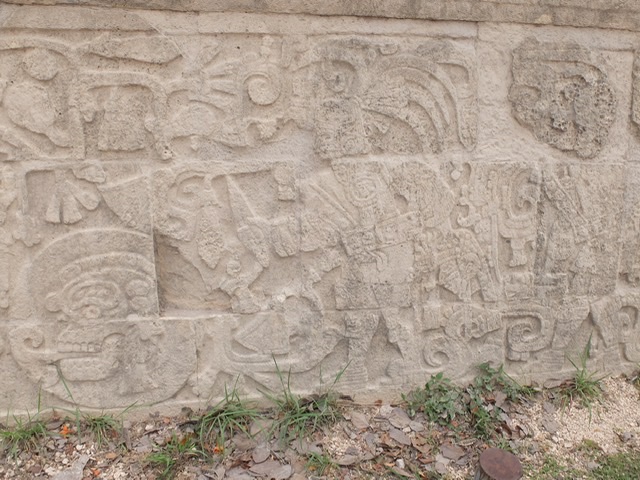
Finishing up at Chichen Itza we boarded the van for a short trip to lunch.
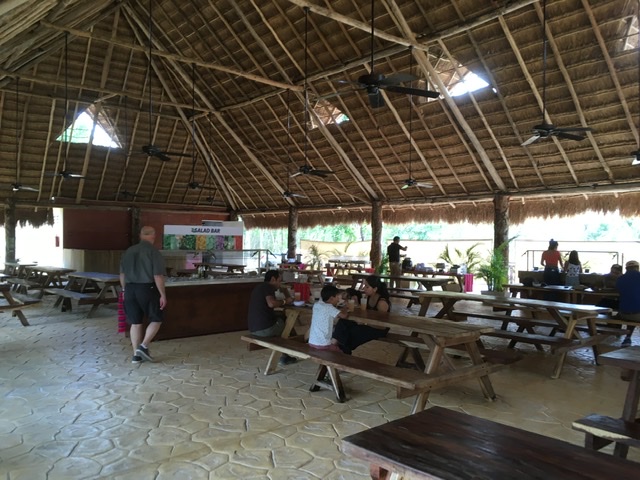
After lunch there was time for those who wished to enjoy the nearby cenota. We weren’t aware that this would be an option so we didn’t bring our swim suits. We did, however receive the traditional Mayan blessing.
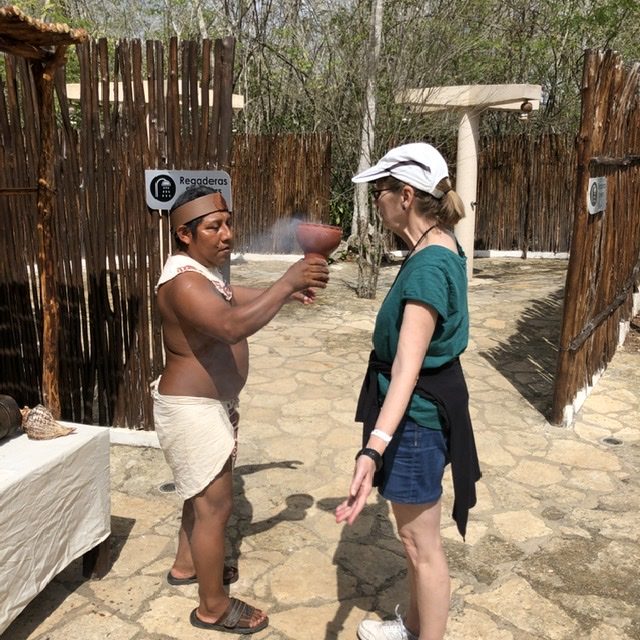
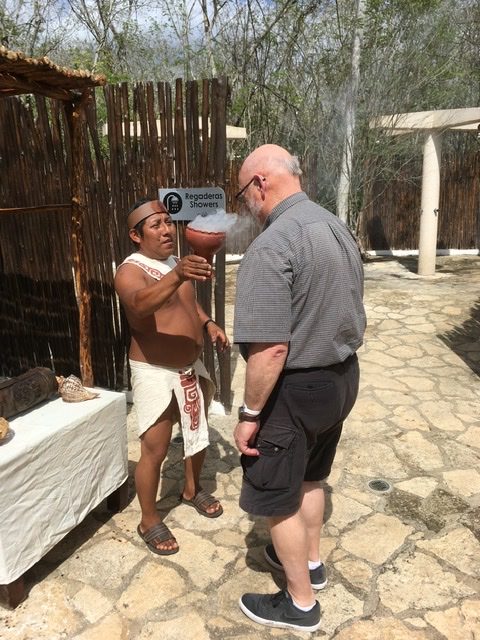
Before venturing down the steps to check out the cenote. This wasn’t one of those that are only reachable by rope. There were actual steps carved and structures set up to accommodate visitors. Still it was an interesting experience.
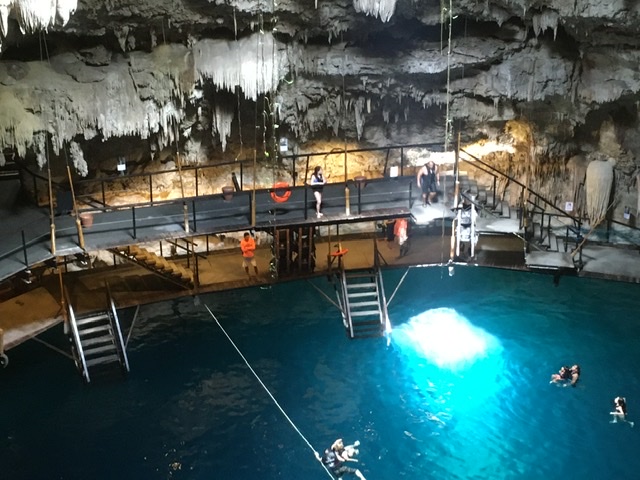
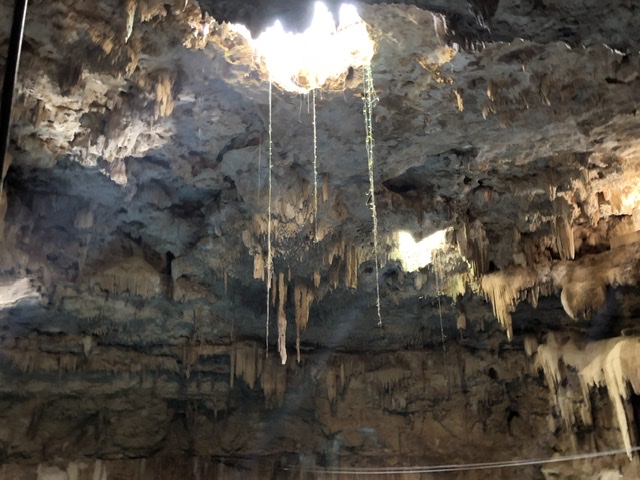
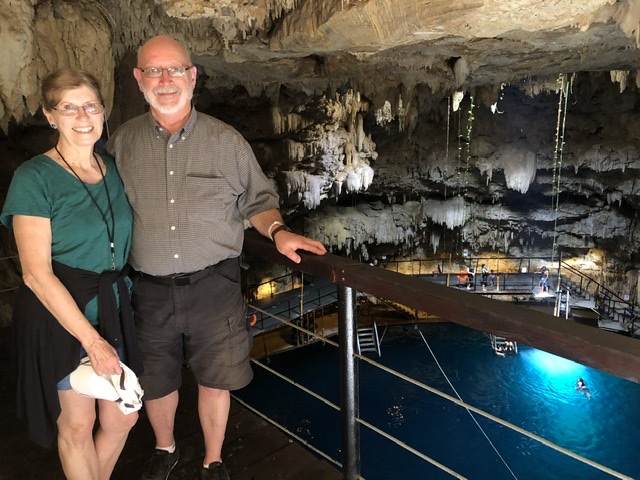
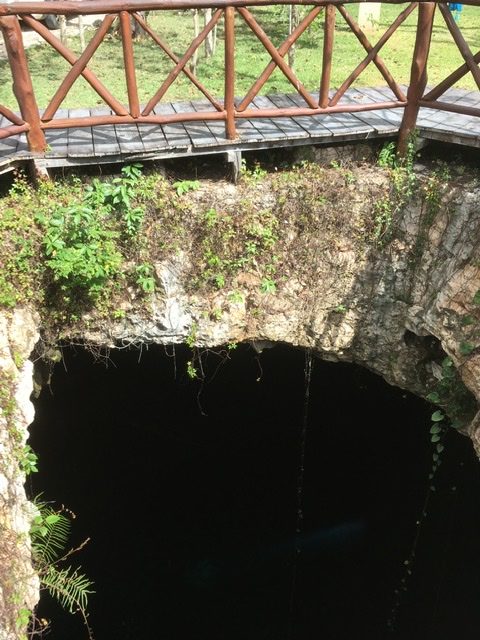
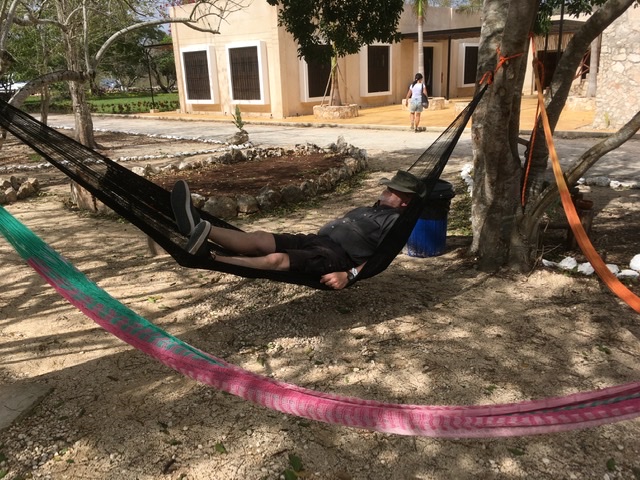
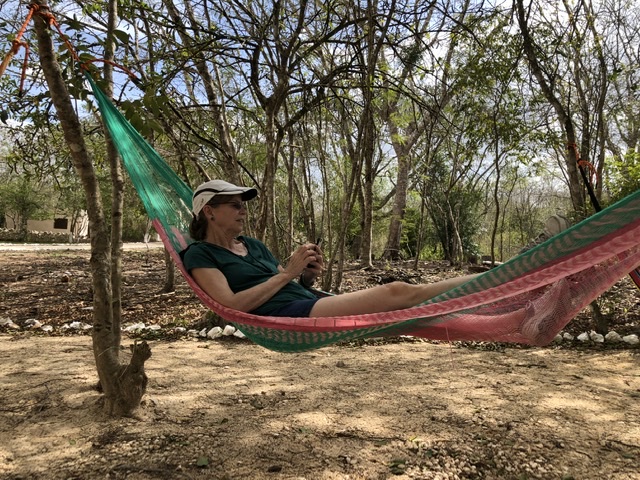
Eventually it was time to move on to the last stop of the tour, the town of [get the name from Cheryl]. This town is famous for a couple of things, first its role in the Mexican war for independence and second for its role in the development of chewing gum.
We had about a half-hour to nose around the main square.
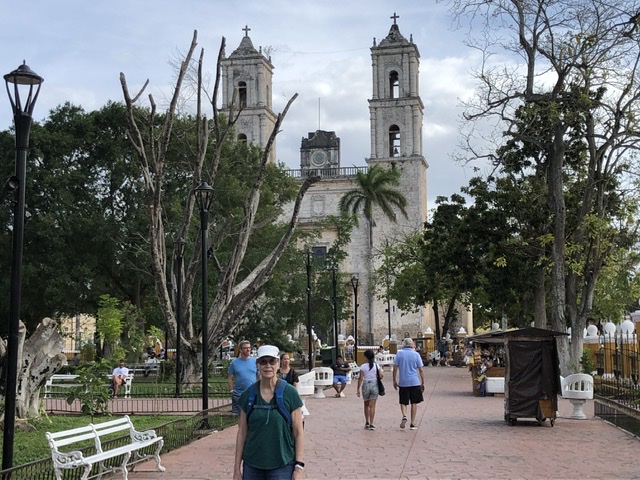
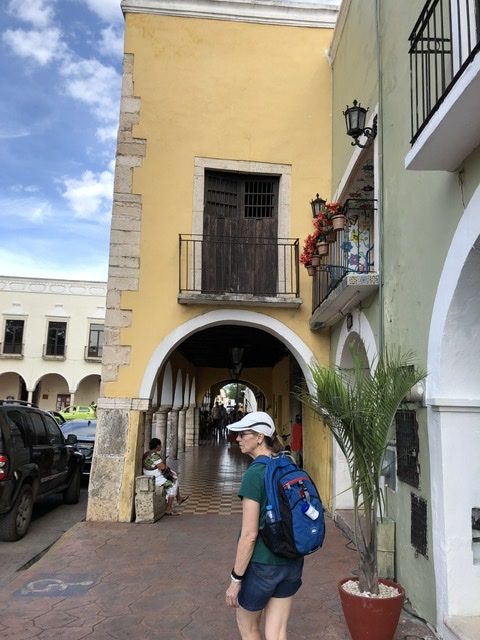
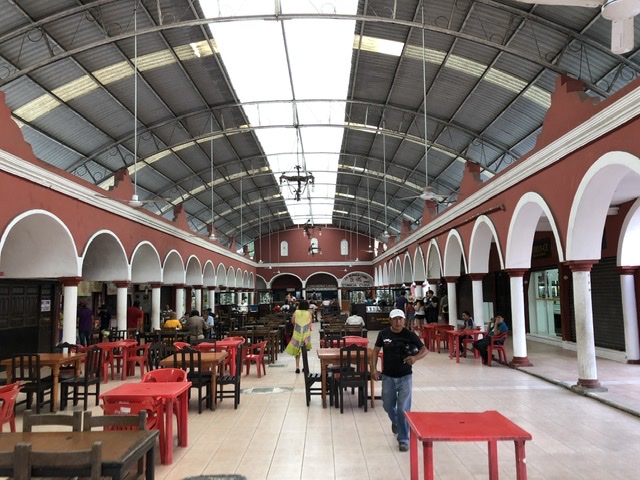
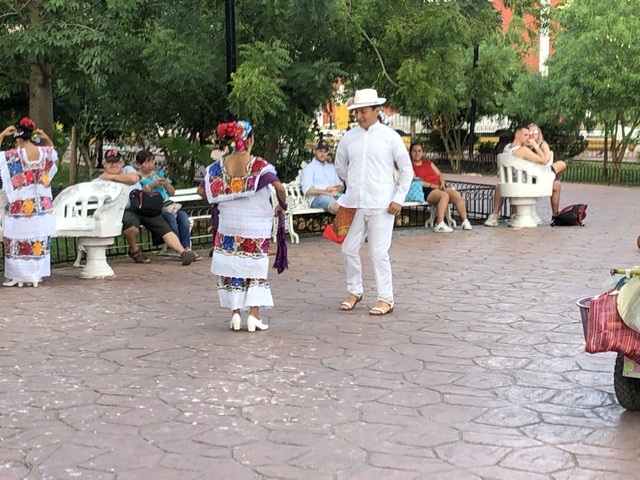
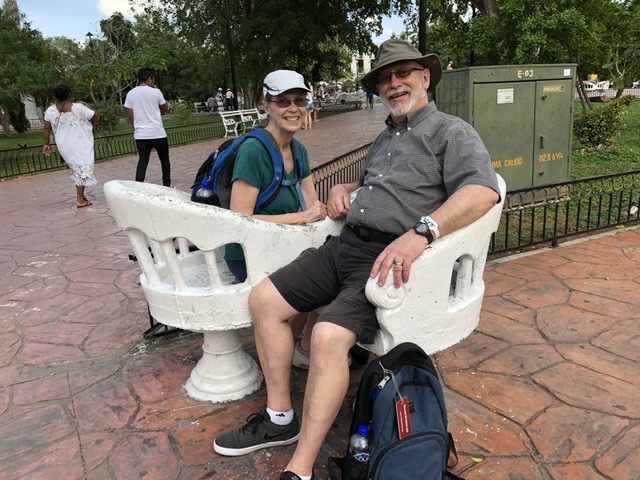
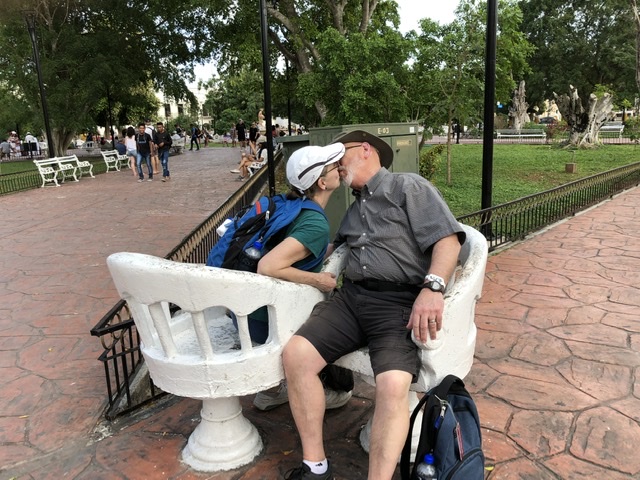
Then it was time to head back. Arriving at the resort we hooked up with the rest of the crew and headed to dinner. Nice meal, good company.
Tomorrow is another “relaxing day” The big event for the day is massages. Oh, and I get to have fish nibble on my feet. Can’t wait!
R
YES to fish nibbles!
And yay to all those awesome structures. I am so glad you got to experience that!
What a day!